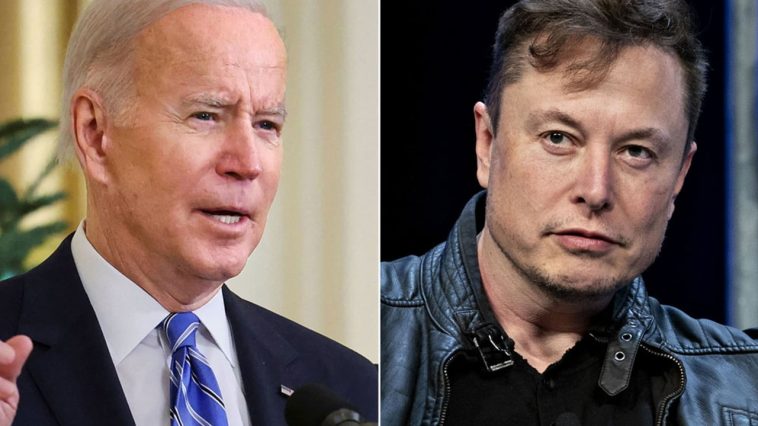In a surprise twist, Tesla, a forerunner in the electric vehicle (EV) industry, relieved a significant fraction of its team responsible for EV infrastructure, specifically chargers, from their roles this week. This development potentially delivers a challenging blow to the Biden administration’s comprehensive plan for boosting the EV landscape across the nation. The cuts appear to significantly affect the workforce responsible for the ‘Supercharger’, an innovative charging technology by Tesla, according to sources cited by E&E News.
Recognized by many as an industry leader, Tesla’s Supercharger station is known for rapidly and efficiently charging EVs, setting it apart from its market peers. As such, it’s been a crucial piece in the broader, nationwide EV charging infrastructure puzzle, a point highlighted by the current administration’s green energy vision.
Tesla’s Supercharger has garnered much attention and respect in the EV market due to its superior performance capabilities. It stands out among competitor products, both in its ability to charge vehicles speedily and its consistent reliability. These qualities are not always embodied by other market alternatives and contribute to its status as one of the premier charging systems available.
Several automotive companies, Ford being a notable example, have capitalized on the advanced Tesla Supercharger technology. These companies have secured agreements to utilize the high-performing Tesla Supercharger infrastructure for their EVs, demonstrating the universal appeal and promise of Tesla’s solution in the industry.
Despite this sudden halt, it’s crucial to note that other charging networks and automakers now have an open window of opportunity for expansion. These players, who have lean heavily on Tesla’s innovative strides and the Supercharger’s ‘gold standard’, might seize this chance to further enhance their EV charging offerings.
While news of Tesla’s sweeping layoffs introduces a precarious note of uncertainty into the EV landscape, it’s worth noting that this might not significantly impact the current administration’s plans for a national network. The existing competition and further opportunities for growth in the market present options for the funds reserved for EV infrastructure development.
The ‘Supercharger’ units have played a stellar role in establishing the largest charging network across the U.S, primarily due to their superior performance capabilities and superior technology. Tesla reportedly maintains over 6,200 charging plazas nationwide, the largest number compared to any of its rivals.
To drive the progression of this national network, the Biden administration is injecting a monumental capital investment aimed at supporting a national EV infrastructure. This network remains predominantly accumulated within dense, coastal regions of the U.S., a detail shared by the Department of Energy (DOE).
However, the administration’s attempts to drum up a nation-wide charging apparatus have yet to generate compelling outcomes. Since the bipartisan infrastructure package was activated last year, only a minor proportion of charging stations have been constructed with the allotted funds.
Consumer apprehension remains a stumbling block, with persistent fears surrounding charger availability and reliability. As a result, a large-scale deployment of the national EV network is vital for ushering the American automotive industry into alignment with recent EPA emissions regulations.
Eyebrows are being raised as the new ambiguity surrounding EV charging is expected to pose difficulties for state government agencies. The latter are the main bodies in charge of the allocation of federal subsidies for EV infrastructure to developers, according to E&E News.
It should be remarked that Tesla has already been on the receiving end of these federal subsidies for EV chargers. Observers seem to expect the company to avail of more such funding in the future.
Despite the recent workforce adjustments, Tesla’s cutting-edge charging tech remains available to other automotive manufacturers. However, these companies might lose the inside track on preserving this infrastructure without Tesla’s deep-seated knowledge and the robust team it once had.
Neither Tesla nor officials such as those from the DOE and the White House were immediately available to provide comments or clarification on this latest development. This silence has left industry observers and stakeholders eagerly waiting for an official position on the matter.


